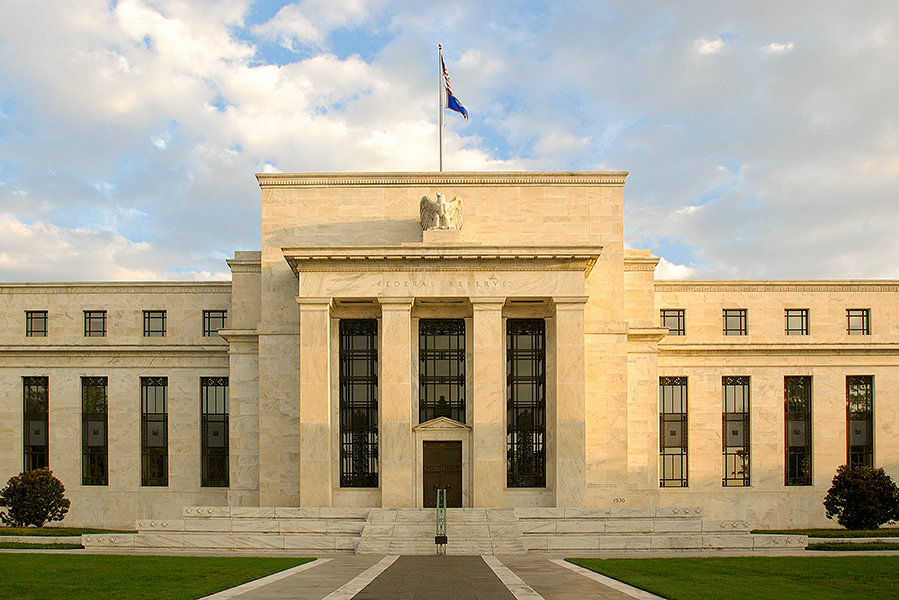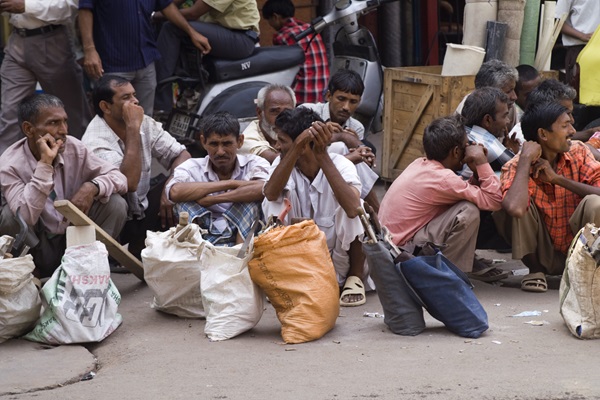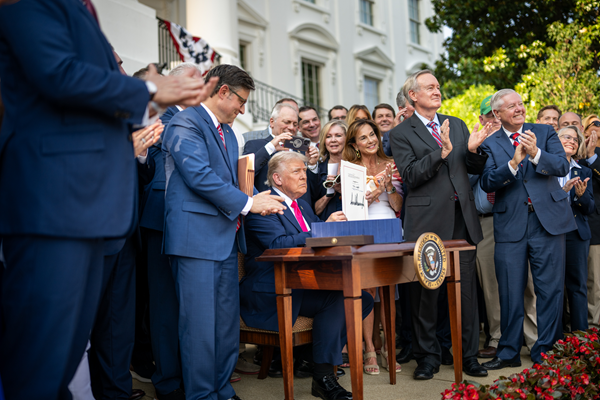.png)

By Datametricx
Datametricx is a veteran journalist tallying the macro game, keeping score of the numbers that shape India’s economy and policy.
September 8, 2025 at 9:48 AM IST
Nut Graph
The rationalisation of goods and services tax rates has raised concerns about government finances at a time when overall collections are under stress. The Centre’s gross tax revenue contracted year-on-year in both June and July, with April-July collections rising just 0.8% versus the Budget target of 12.5%. Even before the rate changes, GST revenues were weakening—June growth was was the lowest and August was the third lowest in four years. Along with likely additional expenditure to shield exports from the 50% US tariffs, the slowdown in revenue could put pressure on fiscal management this year.
Week in Numbers
Kharif sowing as of August 29 rose 3.1% year-on-year to 109.3 million hectares, led by a 6.6% jump in rice sowing to 43.2 million hectares. Oilseeds acreage fell 2.7% to 18.5 million hectares, while pulses increased 0.9% to 11.4 million hectares.
Southwest monsoon rainfall improves
Cumulative southwest monsoon rainfall as of September 6 reached 805.2 millimetres, 9% above the long-period average. Rainfall was relatively evenly distributed, with 91% of the country’s area receiving normal or above-normal rainfall. Reservoir storage level was at 158.4 billion cubic metres as of September 4, up 21.9% from the normal level of 129.9 for the period.
India’s foreign exchange reserves rose $3.5 billion from a week earlier to $694.2 billion as of August 29. The reserves included foreign currency assets of $583.9 billion and gold worth $86.8 billion. Overall, reserves have risen $25.9 billion in the current financial year so far.
Electricity generation rises
India’s electricity generation from conventional sources rose 1.0% year-on-year to 133.73 billion kilowatt hours in August after declining for four consecutive months. The increase was mainly on account of a sharp jump in generation from hydel projects (9.0%) and imports from Bhutan (38.6%). Electricity generation in April-August declined 3.3% to 665.90 billion kilowatt hours.
India’s manufacturing PMI rose to a 17-and-a-half-year high of 59.3 in August from 59.1 a month earlier on the back of increase in factory orders and production. The services PMI rose to an over 15-year high of 62.9 in August from 60.5, pushing up the composite PMI to an over 17-year high of 63.2 compared with 61.1 a month earlier.
Growth in GST
Growth in goods and services tax collections slowed to 6.5% in August to ₹1.86 trillion, the third weakest in over four years. With government announcing rationalisation of GST rates, collections are likely to contract from September onwards.
Freight traffic at major ports rises
Freight traffic at state-owned major ports in the country rose 4.7% on year to 364.4 million tonnes in April-August. Petroleum product traffic rose 8.4% to 111.0 million tonnes and container traffic increased 9.5% to 86.8 million tonnes.
Bank credit growth slowed down to 10.0% as of August 22 from 10.2% a fortnight ago. Growth in bank deposits increased to 10.2% from 10.1% a fortnight ago. The slowdown in bank credit growth coincides with an increase in lending rates of banks in July.
Growth in money supply increases
Growth in money supply, or M3, increased to 9.8% year-on-year as of August 22 from 9.6% a fortnight ago. Currency with the public rose 9.1%, while fixed deposits with banks increased 8.9%. Growth in reserve money slowed to 5.8% as of August 29, compared with 6.2% a week ago.
Current account deficit narrows on year
India’s current account deficit narrowed to $2.4 billion in April-June from $8.6 billion a year ago. As a percentage of GDP, the current account deficit declined to 0.2% of GDP from 0.9% a year ago. The deficit narrowed because of higher net services receipts ($47.9 billion) and higher personal transfers ($33.2 billion). The current account was in a surplus of $13.5 billion in January-March.
India adds $29.8 billion to FX reserves April-June
India added $29.8 billion to its foreign exchange reserves compared with $5.6 billion in the same period of last year. The higher accretion to reserves was primarily on account of valuation changes ($25.3 billion) and foreign investment ($7.3 billion).
Unincorporated establishments rise
The number of unincorporated establishments in the country rose to 79.4 million in April-June from 78.5 million in January-March. Employment in the sector declined to 128.6 million from 131.3 million a quarter ago.
Coming up
- Sept 12 – CPI for August.
- Sept 15 – Trade data for August.
- Sept 23 – Flash PMI for September
- Sept 29 – IIP for August
- Sept 30 – Government finances for Apr-Aug
Tailpiece
GST rate cuts are expected to lift demand for consumer durables and automobiles, though September sales may fall as buyers defer purchases until the lower rates take effect on September 22.


